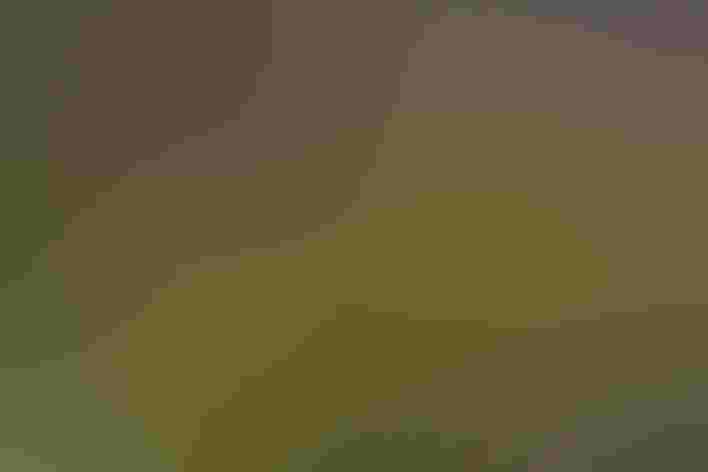White-winged Crossbill
At a Glance
Nomads of the spruce woods, White-winged Crossbills wander throughout the boreal zones of the northern hemisphere, often in large flocks. Their peculiar crossed bills are perfectly adapted for prying open spruce cones to get the seeds; flocks will travel long distances, perhaps clear across Canada at times, in search of good spruce cone crops. When they find such crops, they may settle briefly to build nests and raise young, regardless of the season, even in mid-winter.
All bird guide text and rangemaps adapted from by Kenn Kaufman© 1996, used by permission of Houghton Mifflin Harcourt Publishing Company. All rights reserved.
Category
Finches, Perching Birds
IUCN Status
Least Concern
Habitat
Forests and Woodlands, Tundra and Boreal Habitats
Region
Alaska and The North, Eastern Canada, Great Lakes, Mid Atlantic, New England, Northwest, Plains, Rocky Mountains, Southeast, Southwest, Western Canada
Behavior
Direct Flight, Flitter, Rapid Wingbeats, Undulating
Population
79.000.000
Range & Identification
Migration & Range Maps
No regular migration, but flocks may travel long distances at any season in search of good cone crops. Apparently travels mostly by day. Although not yet proven, some birds might nest in Alaska one year and eastern Canada another.
Description
6-6 1/2" (15-17 cm). Broad white bars on black wings (Red Crossbill sometimes has very thin wing-bars). Adult male mostly rose-red, female dull yellow with blurry streaks.
Size
About the size of a Robin, About the size of a Sparrow
Color
Black, Brown, Pink, Red, White
Wing Shape
Pointed
Tail Shape
Notched
Songs and Calls
Call like that of the Red Crossbill, but a softer chiff-chiff-chiff. Song a series of sweet canarylike warbles and trills.
Call Pattern
Flat
Call Type
Chirp/Chip, Trill
Habitat
Spruce forests, tamaracks. Seldom found away from conifer forests. Breeds mainly in forests having high concentrations of spruce trees, also where tamaracks are common. When not nesting, may also occur in forest of pine, fir, hemlock, juniper, and occasionally in deciduous trees. Isolated race in Hispaniola, West Indies, lives in pine forest.
Sign up for ÃÛèÖAPP's newsletter to learn more about birds like the White-winged Crossbill
Behavior
Eggs
2-4, rarely 5. Whitish to pale blue-green, with brown and lavender spots concentrated at larger end. Incubation is by female, probably 12-14 days. Male feeds female during incubation.
Young
Female spends much time brooding young at first, while male brings food; later, both parents feed nestlings. Age at which young leave the nest is not well known. Male may care for fledglings while female begins another nesting attempt.
Feeding Behavior
Forages mostly by clambering about in conifers to reach the cones. Usually forages in flocks.
Diet
Mostly conifer seeds. Feeds mainly on spruce seeds whenever these are available; also favors seeds of tamarack and hemlock, and will eat seeds of many other conifers. Also feeds on buds, weed seeds, berries, insects. Will eat salt. Young are fed mostly regurgitated seeds.
Nesting
May nest whenever and wherever good cone crops are present in spruce forest, which may be at any time of year, including mid-winter. Usually nests in loose colonies. In courtship, males may chase females in flight; members of pair may perch close together, touching bills, and male may feed female. Nest: Placed on horizontal limb of tree, usually spruce or other conifer, often 10-15' above ground, can be lower or much higher (up to 70'). Nest (built by female, with male occasionally bringing material) is open cup of twigs, weeds, grass, bark strips, lined with rootlets, lichens, moss, plant fibers, hair.
Conservation
Conservation Status
Total population extremely difficult to monitor because of wandering. Numbers may build up when cone crops are good, gradually decline in between.
Climate Threats Facing the White-winged Crossbill
Choose a temperature scenario below to see which threats will affect this species as warming increases. The same ÃÛèÖAPP change-driven threats that put birds at risk will affect other wildlife and people, too.








